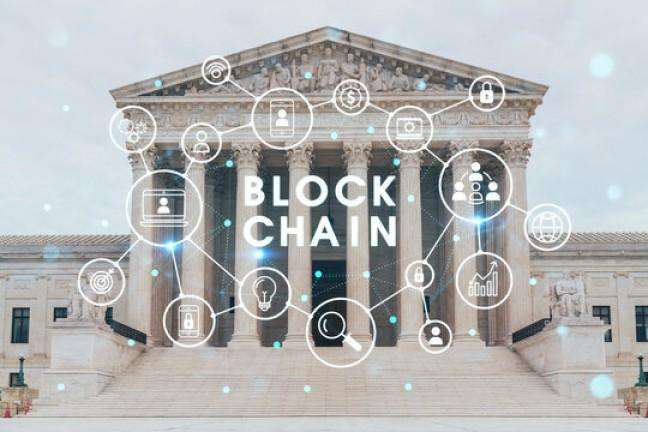Introduction
Blockchain technology has transformed industries by introducing decentralized systems. Aikon blockchain, a relatively new player, aims to simplify blockchain adoption for businesses and developers. In this article, I will break down its structure, use cases, benefits, and challenges. I will also compare it with other blockchain solutions to provide a comprehensive understanding.
Table of Contents
What is Aikon Blockchain?
Aikon blockchain focuses on accessibility. It provides businesses and developers with tools to integrate blockchain into existing systems. Unlike many blockchains requiring extensive knowledge, Aikon simplifies the process using its flagship product, ORE ID. This identity management system allows users to access blockchain applications with email or social media logins.
Core Features of Aikon Blockchain
- ORE ID: A decentralized identity system that eliminates the need for private keys.
- Multi-Blockchain Support: Compatible with Ethereum, EOS, Algorand, and other chains.
- Gasless Transactions: Users can interact without paying gas fees.
- Enterprise Adoption: Designed for businesses with no prior blockchain experience.
Comparison with Other Blockchains
| Feature | Aikon Blockchain | Ethereum | Binance Smart Chain | Algorand |
|---|---|---|---|---|
| Identity System | ORE ID (Decentralized) | Private Key-Based | Private Key-Based | Private Key-Based |
| Transaction Fees | Gasless | High | Moderate | Low |
| Multi-Chain Support | Yes | Limited | Limited | No |
| Enterprise Focus | Yes | No | No | No |
How Aikon Blockchain Works
Aikon simplifies blockchain access by acting as a middleware layer. Instead of users handling private keys, ORE ID generates blockchain identities linked to emails or social logins. When a transaction occurs, Aikon’s system handles authentication and interacts with the chosen blockchain.
Example Scenario: A Business Using Aikon
A fintech company wants to tokenize real estate assets but lacks blockchain expertise. Instead of building a blockchain team, they integrate Aikon’s API. Their users can now log in using Google or Facebook, access tokenized assets, and trade seamlessly without dealing with gas fees.
The Benefits of Aikon Blockchain
1. Ease of Use
Traditional blockchains require managing wallets and private keys. Aikon removes this complexity.
2. Lower Transaction Costs
Since users do not pay gas fees, businesses can adopt blockchain without worrying about cost barriers.
3. Security
Using ORE ID, identity management is decentralized, reducing phishing risks.
Limitations and Challenges
| Challenge | Impact |
|---|---|
| Centralization Risks | The reliance on ORE ID may introduce points of failure. |
| Limited Awareness | Aikon is not as widely recognized as Ethereum or Solana. |
| Enterprise-Focused | While good for businesses, it may not appeal to crypto-native users. |
Financial Use Cases of Aikon Blockchain
Example: A Smart Contract Execution Without Gas Fees
Assume a user wants to send $100 worth of tokens using Ethereum. Normally, they would pay a gas fee (e.g., $10). With Aikon, the business covers this fee, making the transaction free for the user.
| Transaction Type | Ethereum Cost | Aikon Cost |
|---|---|---|
| Token Transfer | $10 Gas | $0 |
| Smart Contract Execution | $20 Gas | $0 |
Future of Aikon Blockchain
Aikon has potential in onboarding businesses into Web3. As regulations evolve, compliant identity systems like ORE ID may become essential for blockchain adoption.
Conclusion
Aikon blockchain stands out by simplifying blockchain integration for businesses. Its gasless transactions, multi-chain support, and enterprise focus make it a practical choice. However, adoption remains a challenge compared to mainstream blockchains. If it gains wider recognition, it could play a key role in the future of blockchain technology.





